🌊 After Uwan and Kalmaegi, Southeast Asia Faces Its New Normal: Serial Disasters
Hundreds dead, millions displaced, and growing climate pressure show Asia’s storm belt in overdrive. 🌪️
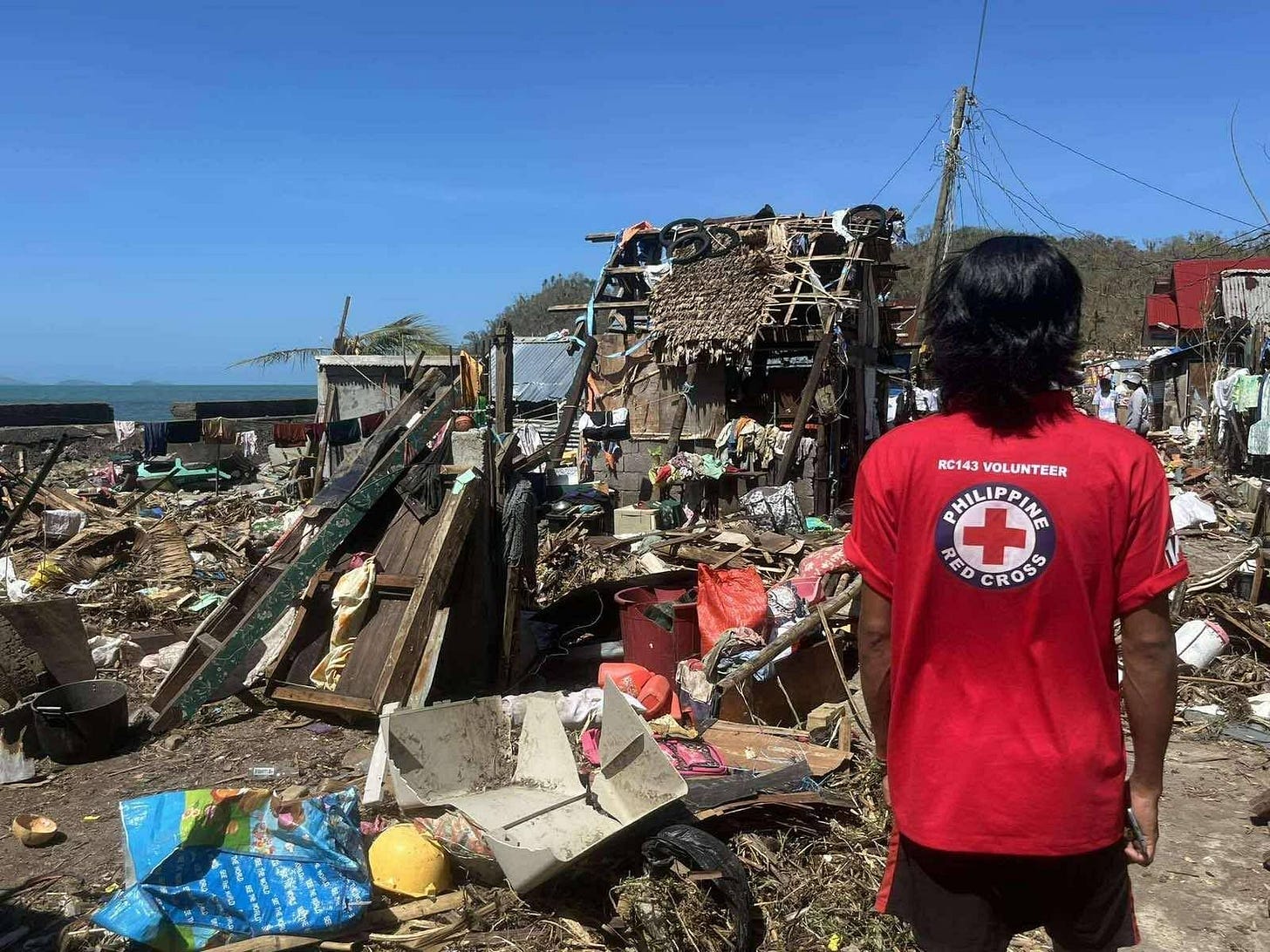
🎯 The Main Takeaway
Back-to-back storms have hammered the Philippines and pushed Taiwan into emergency mode. Typhoon Fung-wong struck just days after Typhoon Kalmaegi, leaving the Philippines with hundreds dead, over a million displaced, and widespread damage — marking its 21st storm of 2025.
“In just one year, the Philippines has faced more than 20 tropical cyclones — and Super Typhoon Fung-wong is the latest to wreak havoc, following closely on the heels of Kalmaegi.”
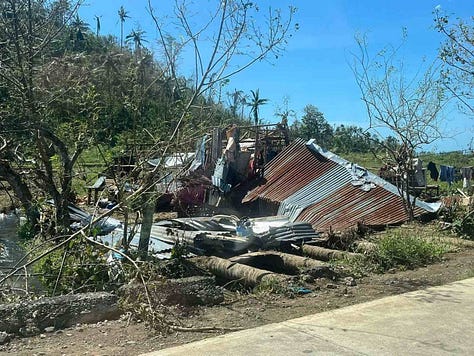
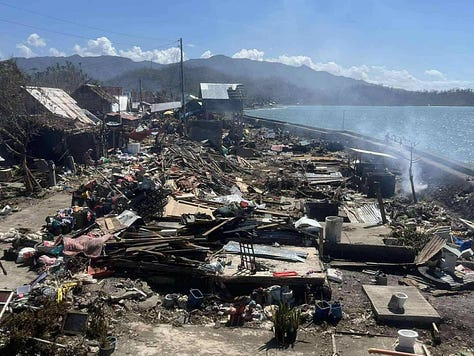

🔍 Why It’s on Our Radar
Scale: Fung-wong displaced more than 1.4 million people, compounding the devastation left by Kalmaegi earlier in the month.
Regional impact: Taiwan evacuated thousands and issued extreme-rainfall alerts as Fung-wong approached its eastern coast.
Pattern: It’s another reminder of how the Pacific’s storm seasons are becoming longer, stronger, and more erratic.
⚖️ What’s at Stake
Lives and shelter: Combined fatalities from the two storms are in the hundreds, with dozens still missing.
Infrastructure: Bridges, roads, and thousands of homes have been destroyed or submerged, cutting off relief access.
Response strain: Consecutive disasters are testing the Philippines’ disaster-response system and local government readiness.
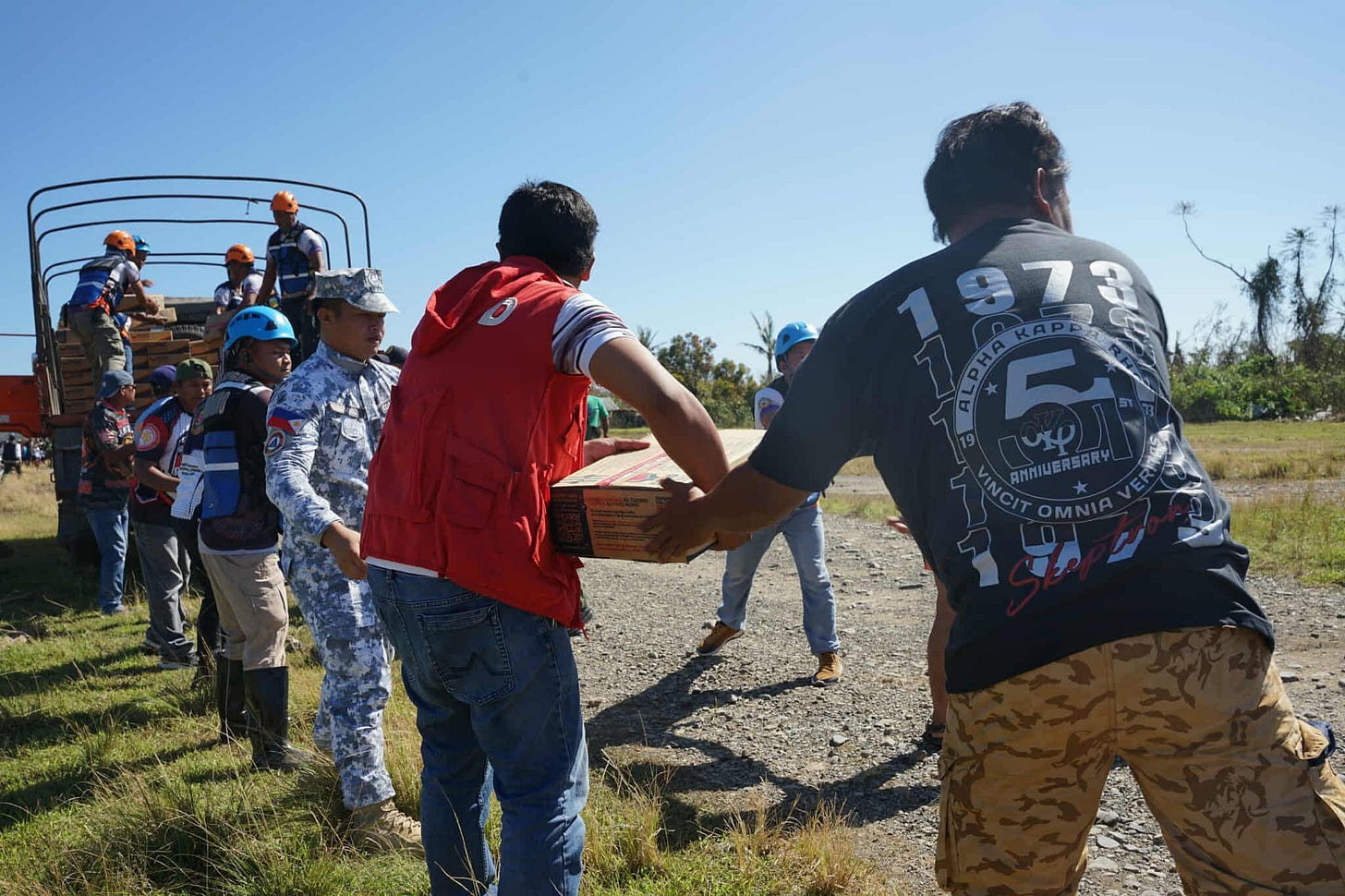
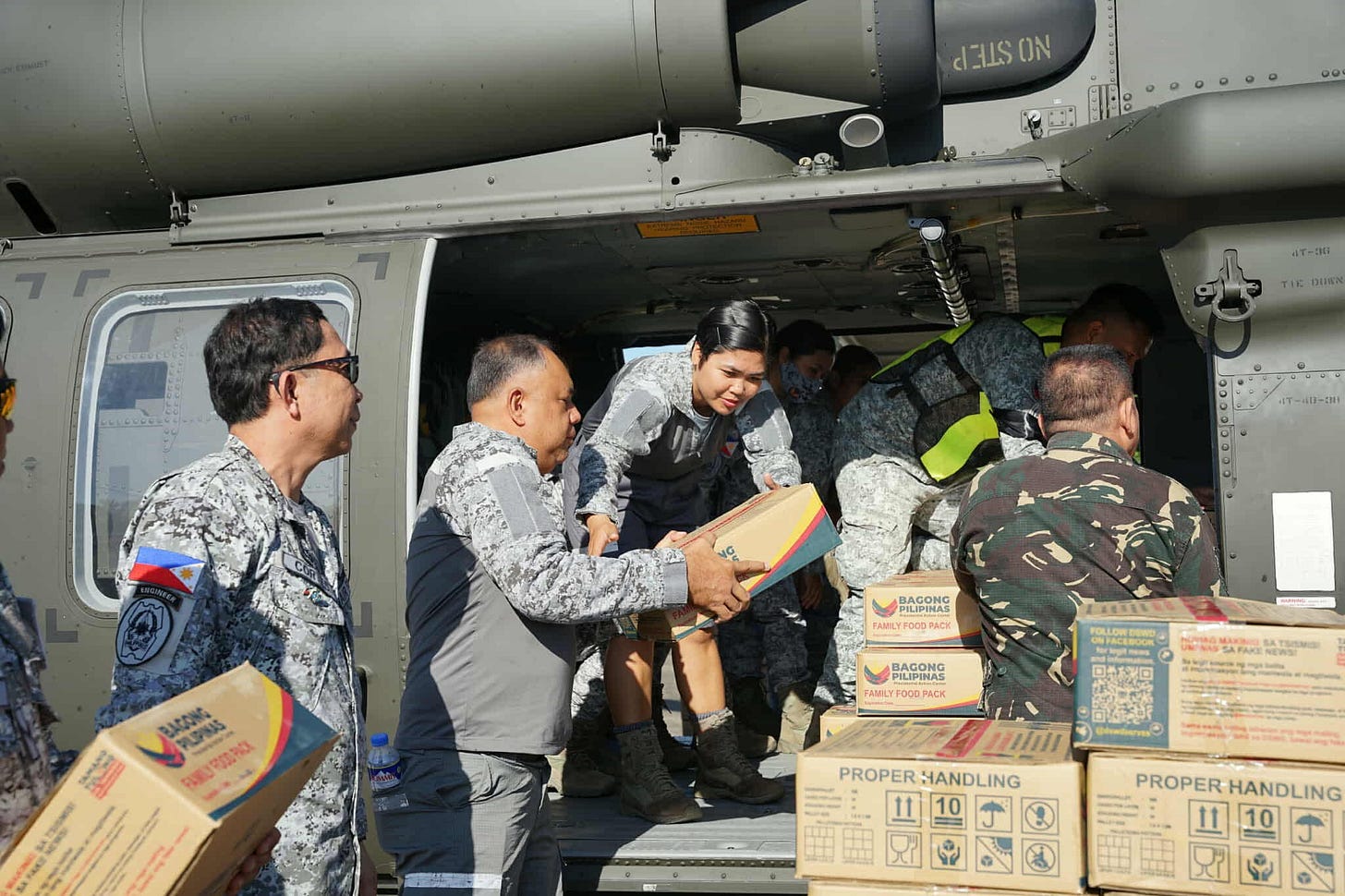
📸 The Big Picture
Compound impact: Back-to-back cyclones over already-flooded regions magnify landslide and flood risk — one storm’s debris becomes the next storm’s hazard.
Late-season surge: Fung-wong’s arrival this late in the year underscores how typhoon season boundaries are shifting as ocean temperatures rise.
🌐 The Regional Stakes
Interconnected risk: Taiwan’s transport shutdowns and evacuations show how Western Pacific storms ripple through regional logistics and trade routes.
Economic toll: Agricultural losses and reconstruction costs will weigh on local economies already stretched by climate shocks.
Climate adaptation gap: Experts warn that most ASEAN nations still spend less than 0.5% of GDP on climate resilience, despite being among the most disaster-prone regions in the world.
❤️ Why This Hits Home
Southeast Asia’s frontline communities are facing serial disasters, not isolated events. Each storm erodes recovery capacity, pushing resilience to its limit.
The message is clear: rebuilding isn’t enough — adaptation and preparedness must become the new normal.
✨ Beyond the Headlines
BBC Philippines typhoon aftermath: ‘Water levels are rising fast’
The Guardian Eight dead and more than a million displaced after super typhoon Fung-wong slams the Philippines
AA Death toll from typhoons in Philippines climbs to 259: Report
Reuters Typhoon Fung-wong brings floods to Taiwan, thousands evacuated
(ARS/ZAA)




